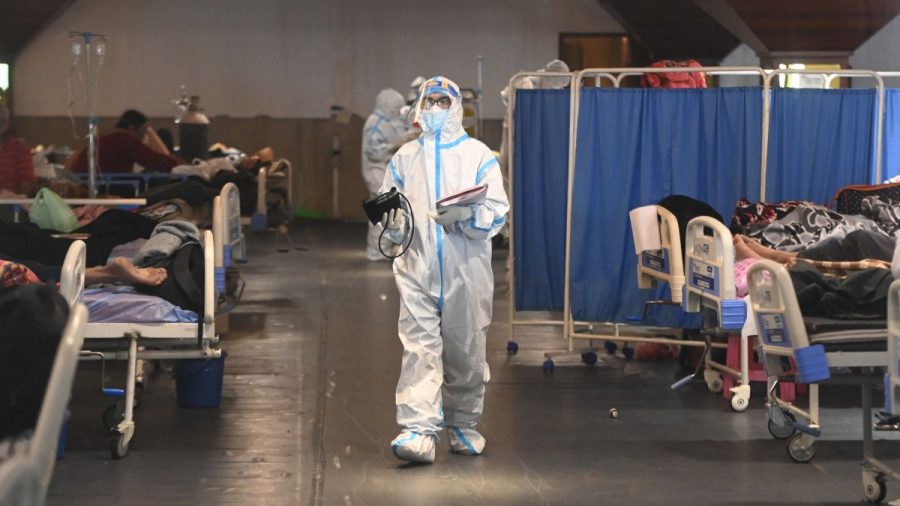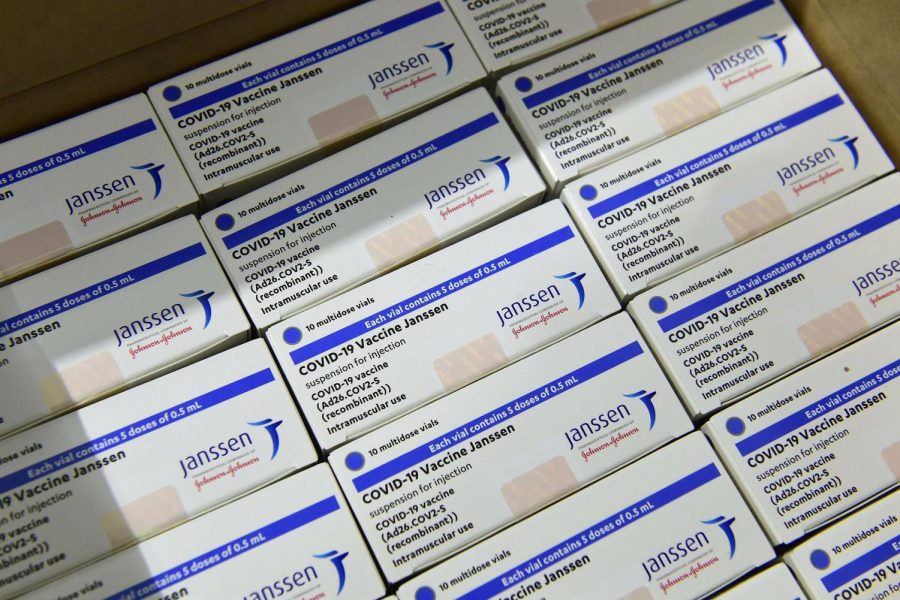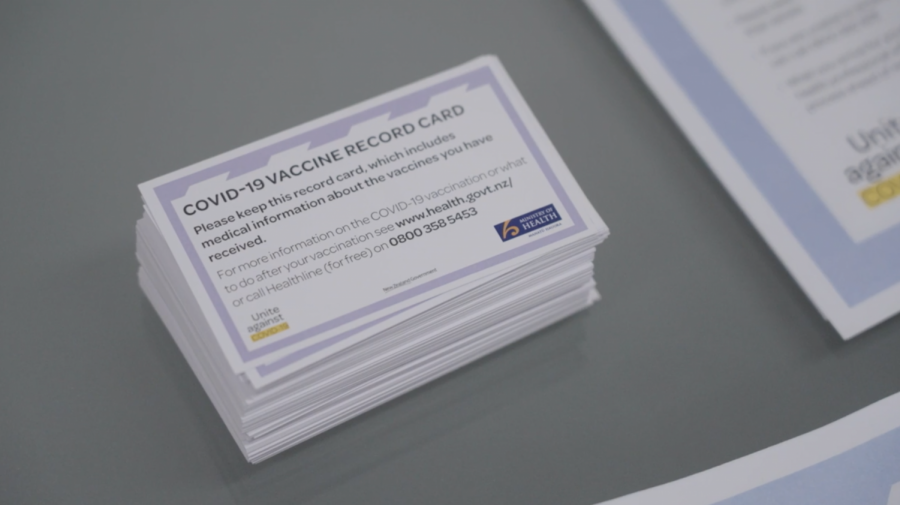It is the first week back from spring break and many students are sporting bronzed tans, souvenir t-shirts from foreign countries and, unfortunately, a nasty illness. As fun as traveling is, it can also have a range of negative impacts on the body. If you are one of the students holed up in your bed surrounded by tissues and NyQuil, mournfully scrolling through pictures of your poolside break in Punta Cana, you may be wondering why your body is falling apart.
The first leg of spring break festivities often includes a cross-country plane ride that travels from one time zone to another. The effect of this flight is one that many jet setters are familiar with called jet lag. Symptoms of jet lag include intense exhaustion, indigestion, moodiness and more that are caused by the disruption of your body’s internal clock, driven by something called circadian rhythm. Many of your body’s internal biological processes, from hormone release to sleep, are controlled by a 24-hour timing system roughly based on day and night. When you switch time zones or severely alter your daily routine, your mind and travel plans for the day become desynchronized with your body’s internal clock. With your body and mind at odds along with a weakened immune system, you are easy prey for a host of opportunistic pathogens and annoying illnesses.
The bacteria and pathogens attacking you have to originate somewhere and are often present on the plane itself. According to a 2015 study done by TravelMath, the surface of a plane tray table has approximately eight times more bacteria per square inch than the bathroom flush buttons. As you are enjoying the lukewarm pasta covered in mysterious sauce served by a surly flight attendant, bacteria are proliferating all around you and taking advantage of your weakened immune system to strike. A good way to avoid this cesspool of disease is to use a disinfectant wipe before eating or maybe just wait to eat when you land.
Unfortunately, communities of bacteria are most likely waiting for you when you land, too, specifically those residing on public transit systems. In London, a country where over 1.3 billion people use the underground transit system known as “the Tube” every year, there are over 121 different bacteria and mold strains growing among the businessmen and women trying to get to work. During the London Under the Microscope project led by London Metropolitan University, researchers found nine bacteria species associated with antibiotic resistance, so it would be smart to always carry a bottle of hand sanitizer.
If you manage to dodge the slew of illnesses lurking on the plane and train, another thing you might have to worry about is the food and water. Several foreign countries have different cooking techniques and water management systems than the United States and your body is not always equipped for the organisms that may hide in the food and water like local populations. Locals already possess a semi-immunity to many of the illnesses that are omnipresent in their community because their bodies developed the antibodies specific to defending against that organism. For an outside visitor, defense systems are not quite as ready for these brands of attack from foreign invaders and may be more susceptible to illness. Some communities in Africa have even adapted and acquired immunity to certain strains of malaria due to consistent exposure to the disease.
Although spring break is filled with fun, sun, and relaxation, it is always important to be aware of the illnesses hiding around the corner.







